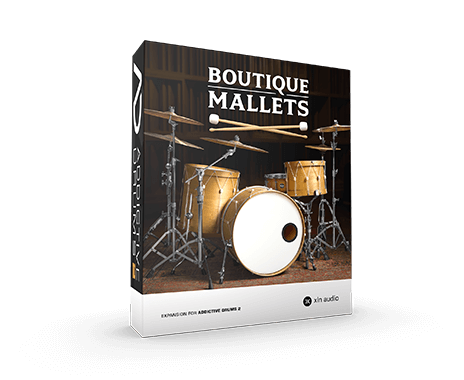
No particular brand or model is important to have. Twenty watts of power will work for solo practice or recording, but 100+ watts starts to become important if you are practicing on the electronic kit with a loud band or if you perform live with the electronic kit and will need your own amplifier if venues where you play do not have a PA system you can use. A guitar or bass amp will do in a pinch, but full-range amplifier/speaker combos made for drums or keyboards are a better choice. Amplifiers are not sold as part of the kit. The sensitivity and feel of mesh is far better than rubber.Īn amplifier with speaker cabinet is required for your electronic drum kit to produce drum sounds. If you are going to be purchasing an electronic kit for recording, I highly recommend one with mesh heads on the drums.
#Addictive drums 2 dtx 562 how to
If you have something else, your manual should help you figure out how to accomplish the steps I list with the module you have. Roland is the market leader in electronic drums and most of the Roland electronic drum modules should work similarly to the TD-9. This example uses a Roland TD-9 V-Drum kit. To start with you’ll need an electronic drum kit with a MIDI output. If you’re convinced that you want to record with electronic drums, read on to learn how to do it. Your MIDI will trigger your choice of very high quality professionally-recorded drum and cymbal sounds made with mics that probably cost as much as your car and in studios you could never afford.


Even if you have good quality analog recording equipment, editing and producing your analog drum tracks is a major challenge.The one or two track interface your guitarist or vocalist might use isn’t going to work for drums. Eight tracks would be a minimum for drums. You’re also going to need a multi-track recording console.
The garage or basement is not likely to be a good sounding room.


 0 kommentar(er)
0 kommentar(er)
